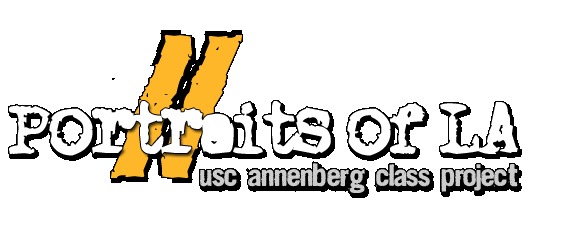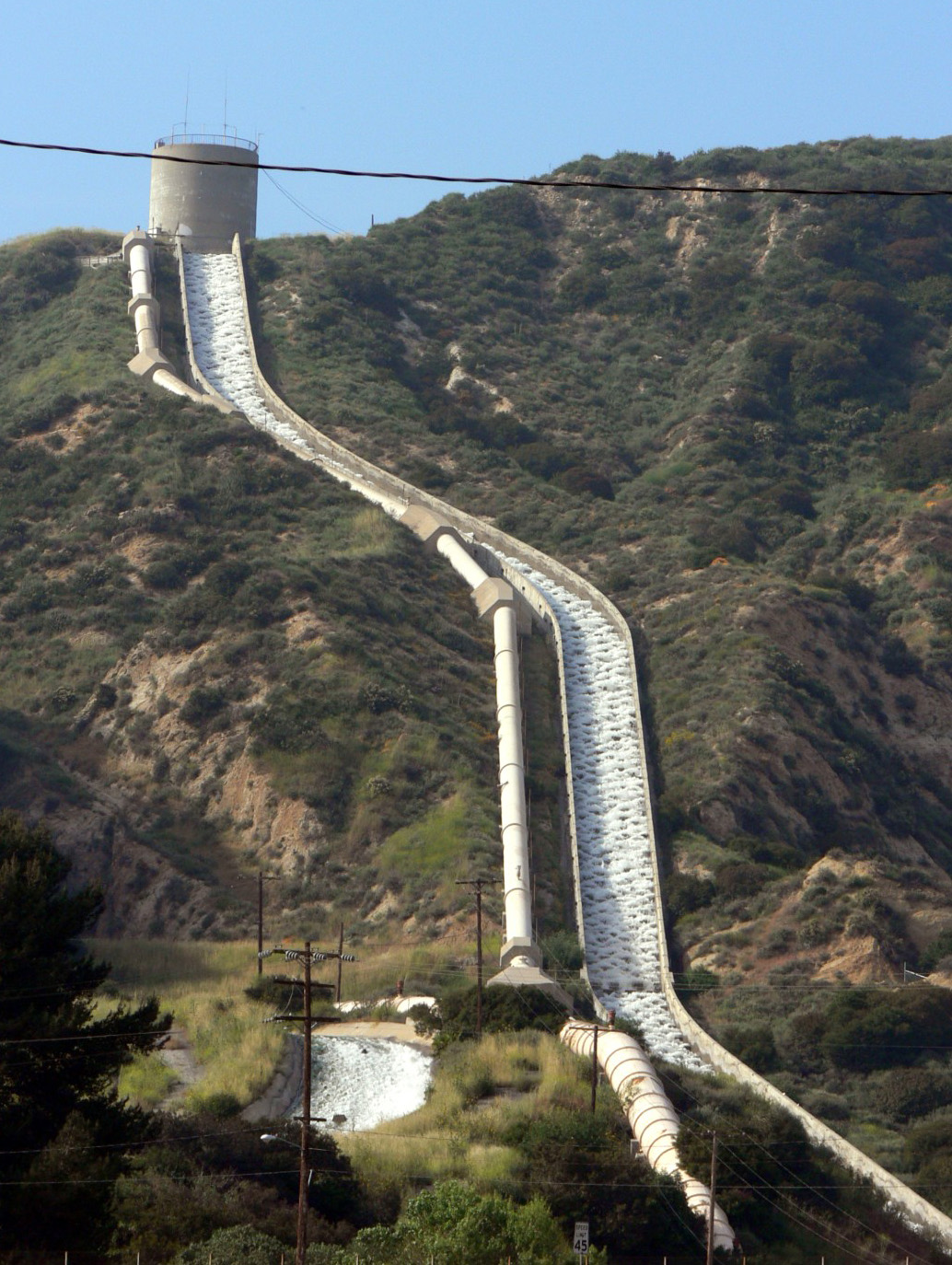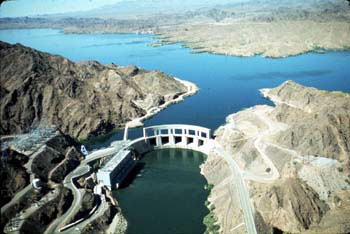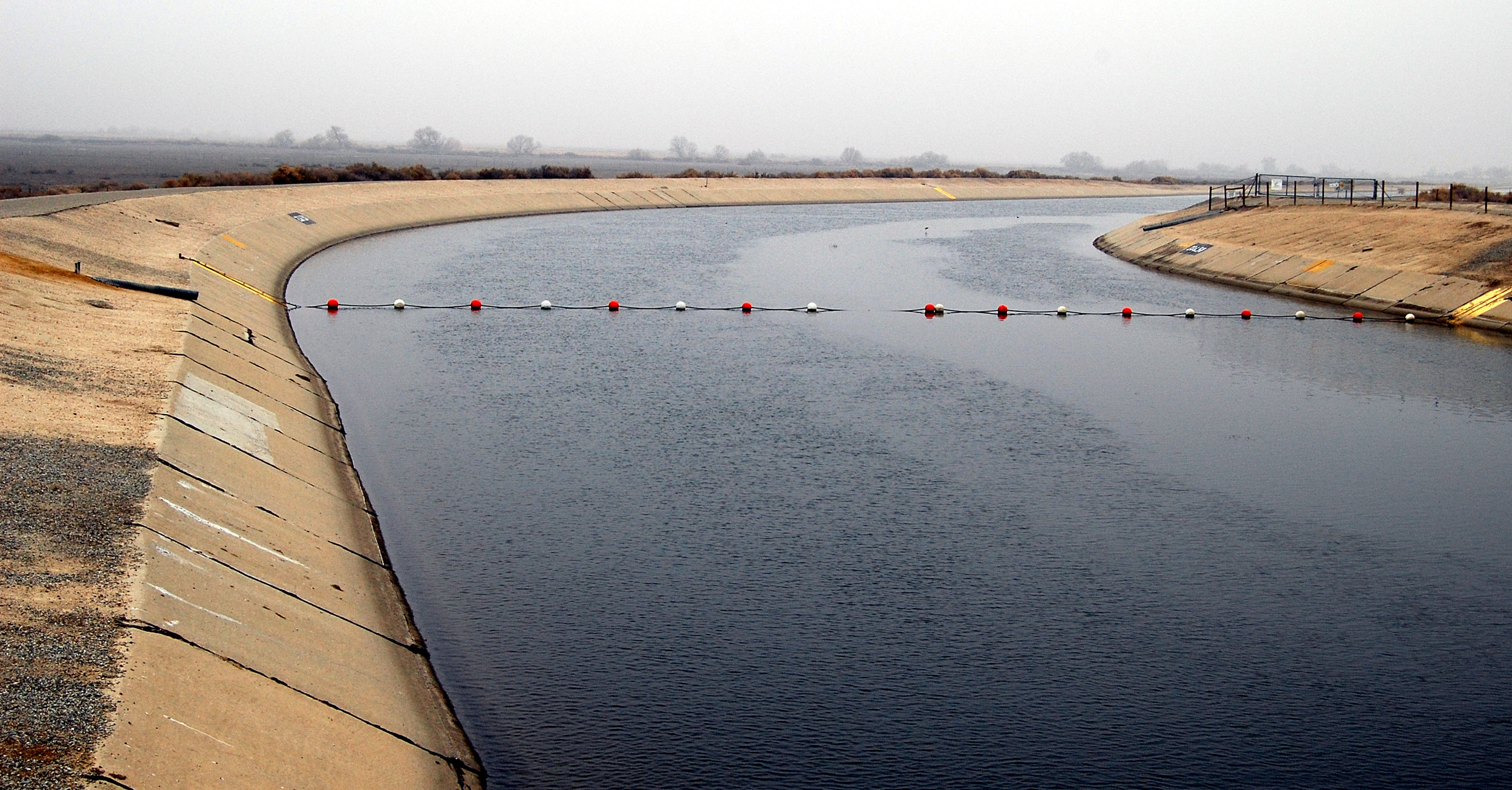By Xueqiao Ma
Lara Meeker, a water quality coordinator at Los Angeles Water Keeper, a non-profit organization, has worked as a team leader with volunteers to monitor water in Los Angeles County for two years.
“We go out and we collect samples at sites that we believe are polluting or discharging different types of pollutants. We analyze those samples and then decide if we want to take further actions there,” said Meeker.
Meek organizes volunteers to collect samples once a month. She said that it’s not hard for our water to get polluted.
Stand-up For Clean Water
On April 20th, the 2nd Annual Earth Day Festival & Paddleboard Race was held in Santa Monica by LA Water Keeper, a non-profit organization.
According to a recent report released by Environmental Working Group, an environmental health research organization, Los Angeles is among 31 cities tested that had the levels of chromium-six above the standards allowed by U.S. Environmental Protection Agency.
“It takes a lot of awareness and educations to make sure that we were not ruining our environment for the future and harming public health. There are so many opportunities for contaminations and pollutants like chromium-six to reach our drinking water and our surface water,” said Meeker.
William Berelson, an environmental expert, studies earth and environmental science.
“Chromium-six has been called carcinogen. A carcinogen is something can cause cancer. And the way that the carcinogen can cause cancer is to damage your body’s DNA,” said Berelson.
Berelson said that it is hard to judge Los Angeles’ water quality since besides EPA standards, we also follow tough state rules.
“A limit for chromium-six in water set by the EPA, which is the federal government is 100 parts per billion. And there is also a limit set by California, for California water, and that one said that 0.02 parts per billion. Is 100 parts per billion safe? Or 0.02 parts per billion is safe? There is a huge difference,” Berelson said.
A Day of Howard Wong
Howard Wong is an environmental compliance inspector of Los Angeles Department of Public Works. Here is a short video showing his daily work with his partner.
According to the annual water quality report of Los Angeles County released by Department of Public Works in February, chromium-six levels are within accepted limits and pose no risk to the local water supply.
However, Berelson also said that the report released by EWP should be a warning sign for us to concern more about water.
“As I know, some drinking water in California contains very high chromium-six. And then Riverside has really high chromium-six and also Los Angeles. There is some reason for some concerns,” said Berelson.
Berelson thinks that watching chromium-six and other chemicals is also good for future water safety.
“California is going to face more problems with water, and global change is going to make it harder for Los Angeles to stay as wet as we are today. So there will be more issues with water. That’s why keep watching chromium is good, because we try to find different sources of water, and we have to be careful that water is safe,” said Berelson.
According to a random survey on satisfaction of drinking water in Los Angeles, 90 percent residents believe that the water quality is good enough.
“I think the water here is pretty good. I always order tap water when I was in restaurants,” said Marion Galliford.
“I think the water here is not perfect but good enough,” said Bill Robinson.
“I feel it’s getting better, but sometimes people just put trash in the drains and don’t even think about it,” said Aliason Riddle.
However, Charming Evelyn, a resident living in Los Angeles, doesn’t agree with most of the people.
“I do have concerns (about chromium-six), but they are saying that although it is in the water it has a limited amount. I think we need the state to revise the legislation and make the water quality in Los Angeles better,” said Evelyn.
Craig Davis, a geotechnical engineering manager, has worked at the Los Angeles Department of Water and Power for 26 years.
“The water quality in Los Angeles for the water we serve is very good, and always has been,” said Davis.
Davis said that the ground water in some areas might cause higher test results for chromium-six.
“However, we get 15 percent of water from ground water, and there is very serious contamination due to industrial development, and discharging our ground water basins. So we have a lot of contaminations in the ground water that we need to do some further investments to make sure that we can maintain the ground water supply in the long term.”
"Heal the Bay" Walking Tour around Compton Creek & Hollywood Water Reservoir by Xueqiao Ma.
According to Water Education Foundation, the water for Los Angeles comes from four primary locations. First, the majority is from the Los Angeles aqueducts, which is 306-mile long aqueduct. Fifteen percent of water in Los Angeles is groundwater and the rest of the water is purchased from the Metropolitan Water District.
The MWD, which maintains about 35 percent of water supply in Los Angeles, gets water from two primary sources, the Colorado River aqueduct, which brings water from the Colorado River and the California aqueduct, which brings water from the Sacramento, San Joaquin River Delta.
Growing up in Southern California, Mountain Creek, Conner Everts has worked on water issues for 38 years.
From water conservation organizations, engineering firms, and now as executive director at Southern California Watershed Alliance, Everts experienced a lot of changes about water in Los Angeles.
“The water quality in Los Angeles was getting much better than before, which you wouldn’t think it, here in California, we actually had Third-World drinking conditions. A lot of communities only rely on ground water,” said Everts.
Everts said that chromium-six might be also coming from water supplies the city can’t control.
“We have no controls about these supplies from far away. Climate changes, changing the amount of snow pack releases flow into the reservoirs since we have this huge plumping system,” said Everts.
Everts is now working on the Restore The Delta, a proposal on building two 40-foot high, 35-mile long tunnels through the existing delta for water conservations and sustaining the Sacramento, San Joaquin Delta’s ecosystem.
“We will make a decision probably in next six months whether we go for the big engineering project like dams and aqueducts using tons of energy or if we get appropriate technology from local water sources,” said Everts.
Besides Restore The Delta proposal, Everts said that the Southern California Watershed Alliance is also working with state of California on the new guidelines about how to clean up chromium-six, which will be released this summer.
“We have very strict standards now with our water quality. A new guideline will be coming up soon, which is about chromium-six that is famous in the movie “Erin Brockovich”. We finally get a guideline on this many years later. Once we have those guidelines, the agencies will have to comply. It will make local water more expensive but is still in greater value,” said Everts.






